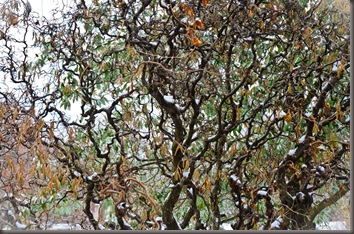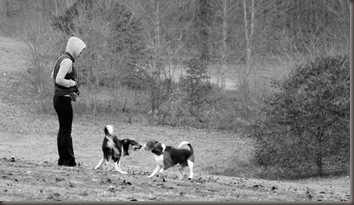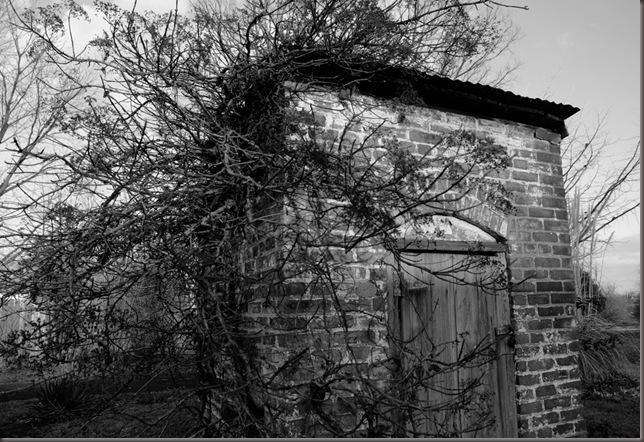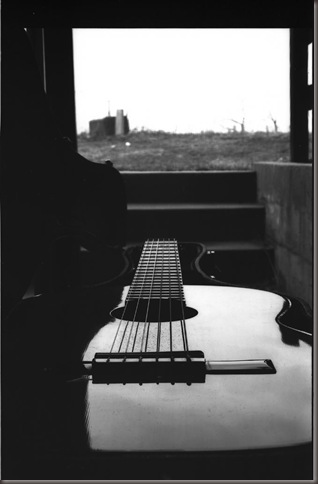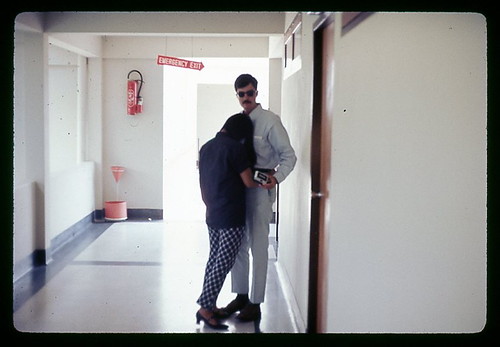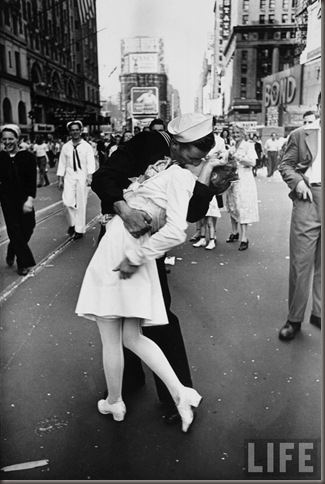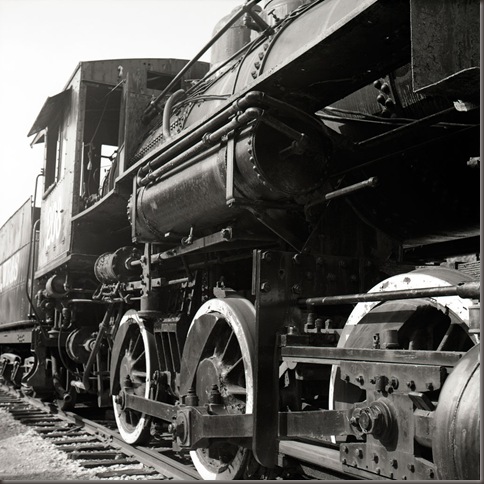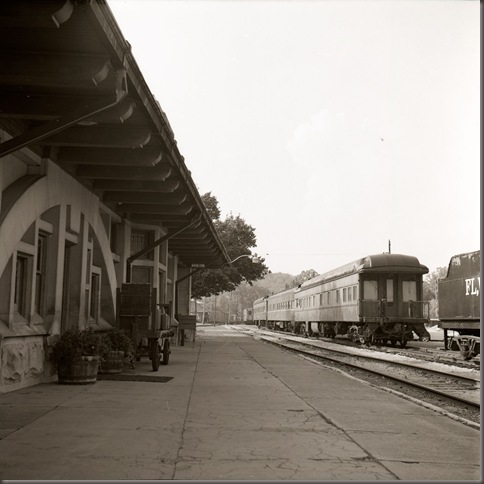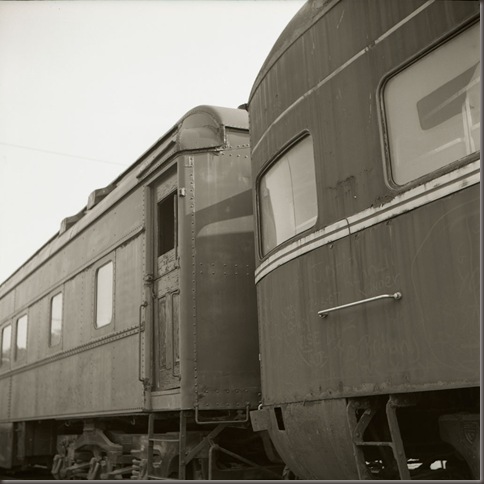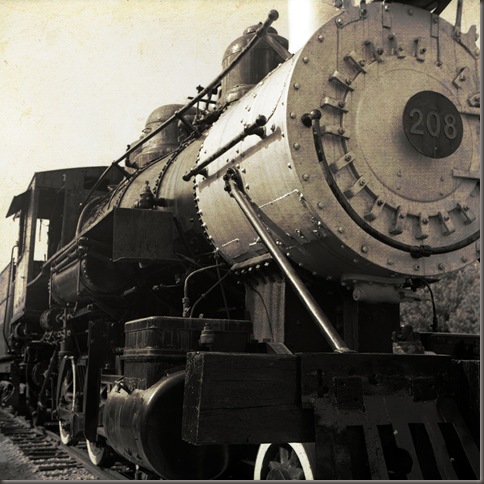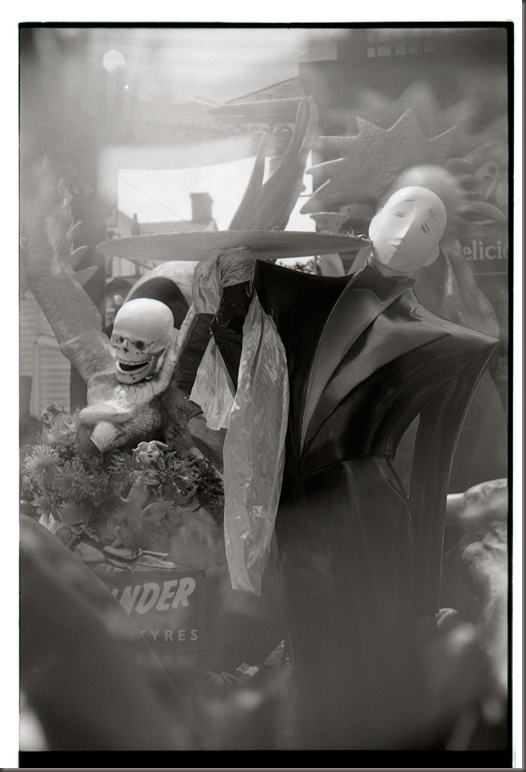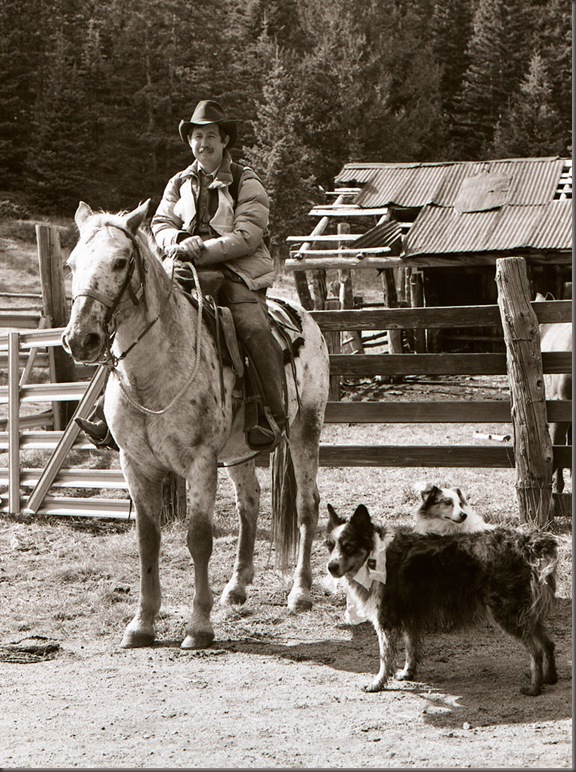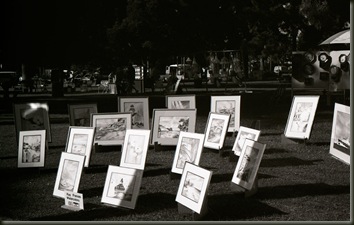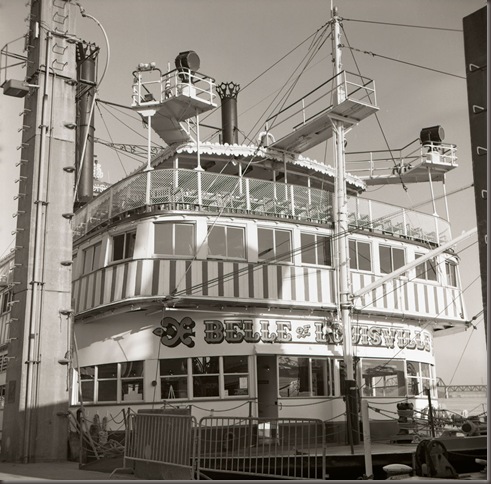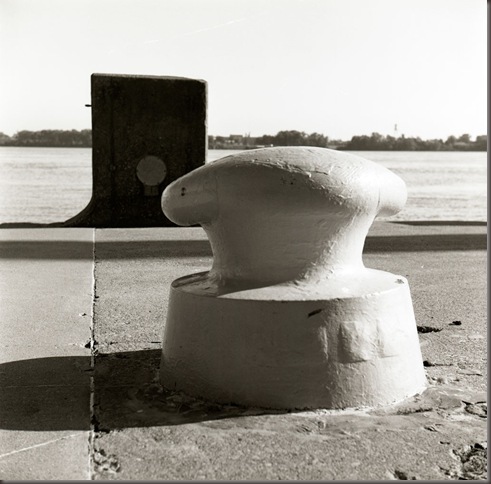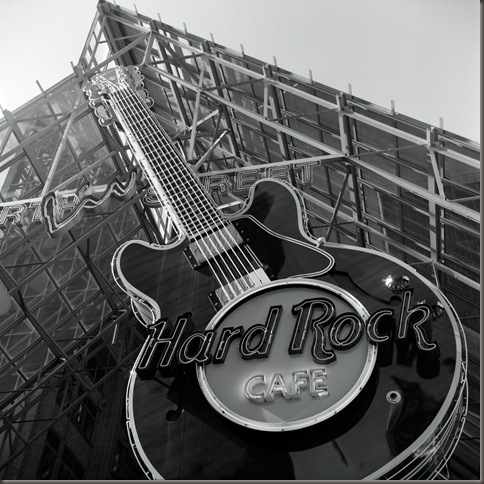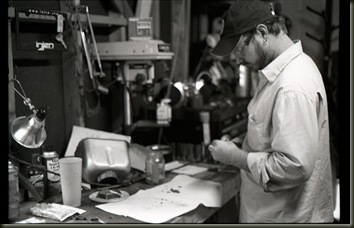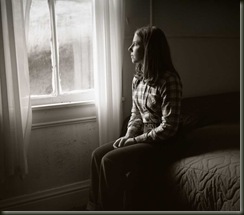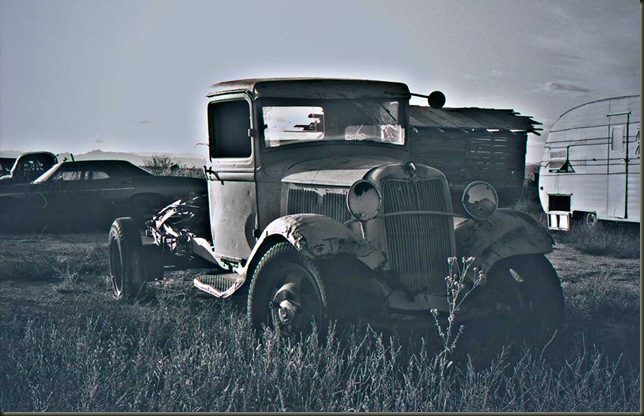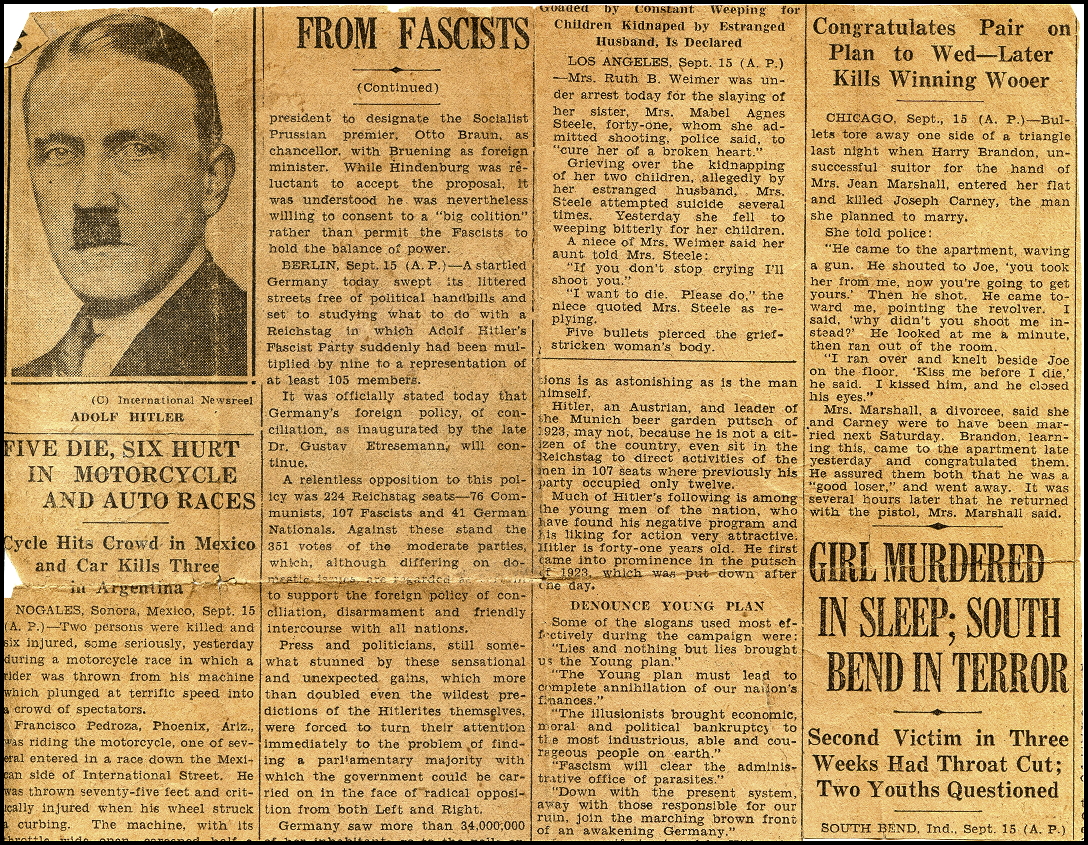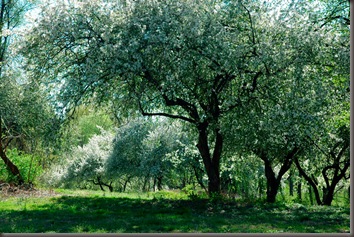 When my first DSLR camera was new, I walked my dogs daily in a park, so it was just easy and convenient to grab the new camera and practice with it as we exercised ourselves and the pups. The park is strung between two low hills with a valley and a small creek running through its center. It’s pretty, but not likely to make anyone’s “top ten” list of scenic destinations. I liked it primarily because it was underused, and I could walk my two German Shepherds in relative peace without running into a lot of other dogs.
When my first DSLR camera was new, I walked my dogs daily in a park, so it was just easy and convenient to grab the new camera and practice with it as we exercised ourselves and the pups. The park is strung between two low hills with a valley and a small creek running through its center. It’s pretty, but not likely to make anyone’s “top ten” list of scenic destinations. I liked it primarily because it was underused, and I could walk my two German Shepherds in relative peace without running into a lot of other dogs.
There was an excellent feature of the park: it was blessed with a terrific stand of trees. It had all sorts of hardwoods, such as maple, oak, hickory, cherry, walnut, mulberry and poplar. It also had hemlock, cypress and pine. It had lovely flowering trees like crabapple, cherry and locust. Thousands of animals made their home in those branches. It was a tree lover’s dream. I photographed those trees too. I photographed them in every season and time of day, from the blistering heat of summer to the icy dead of winter snow storms. I shot bark, branches, foliage and roots. I shot the exuberant greens of spring and the fiery golds and oranges of autumn. I got a terrific collection of photos of the dogs’ back sides since I always seemed to be behind them as they sniffed for the trails of other animals. I shot a lot of pictures. The photo that forms the masthead of this this blog is one of these.
I began to feel a bit self-conscious about shooting at the park so much. Could I not think of anything else to photograph? The newness wore off of the camera and my photographic forays to the park slowed dramatically. I would still go over there to shoot when I had a new piece of gear to test, but that was all. Perhaps a dozen CD’s contain the archive of this period of near-obsessive tree photography.
 Two years ago we were hit with a pair of devastating weather events. The first was when the remnants of Hurricane Ike swept up into the Ohio Valley. We had winds with velocity estimated to be between 80 and 90 miles per hour. Thousands of trees came down. Then, beginning on January 26, 2009 we were hit with a huge ice storm which paralyzed the state for days. You can read more of my reaction to the storms here: Broken Trees. The wind storm was bad, but the ice storm was particularly devastating to the trees, because it broke off the top third of many of the trees completely. The best description I could come up with was that it resembled an area which had suffered an artillery barrage since so many of the trees were cleanly broken off midway down their trunks. Once the ice melted and we could get over to the park to walk again, the damage was heartbreaking. It struck me then that I would never see this park again in the state which I had grown to love. It will be many decades before nature can completely erase the scars and replace the downed titans. My photos are all that remain of the ruined beauty of those woods. I also realized that, far from having photographed too much, I really hadn’t shot enough pictures of those trees, and I wished then that I had continued to shoot them, however repetitive it may have seemed at the time.
Two years ago we were hit with a pair of devastating weather events. The first was when the remnants of Hurricane Ike swept up into the Ohio Valley. We had winds with velocity estimated to be between 80 and 90 miles per hour. Thousands of trees came down. Then, beginning on January 26, 2009 we were hit with a huge ice storm which paralyzed the state for days. You can read more of my reaction to the storms here: Broken Trees. The wind storm was bad, but the ice storm was particularly devastating to the trees, because it broke off the top third of many of the trees completely. The best description I could come up with was that it resembled an area which had suffered an artillery barrage since so many of the trees were cleanly broken off midway down their trunks. Once the ice melted and we could get over to the park to walk again, the damage was heartbreaking. It struck me then that I would never see this park again in the state which I had grown to love. It will be many decades before nature can completely erase the scars and replace the downed titans. My photos are all that remain of the ruined beauty of those woods. I also realized that, far from having photographed too much, I really hadn’t shot enough pictures of those trees, and I wished then that I had continued to shoot them, however repetitive it may have seemed at the time.
We humans have a need to perceive the important aspects of our worlds as permanent. We delight in the new and the novel, but we need security and a sense of permanence. This need leads us to imagine much to be permanent that really isn’t. People, places and things that we love can suddenly be taken away from us. In one stormy night, a familiar landscape can vanish. In this age of ubiquitous digital photography, I am sure that many would say that we are in no danger of being under-photographed. We get photographed for everything everywhere, often without even knowing it. Is there a shortage of images? Most of us would answer that with, “Probably not.” But, if we asked if there is a shortage of images of the people, places and events that are important to us, I suspect the answer would be very different. I don’t have photos of the first time my kids walked or the place I was born. I don’t have a single shot of my high school graduation, or college for that matter. I do have a few of my wedding done by a professional photographer, but they only vaguely line up with my memories of the day. I did document my 30th birthday fairly well. I was hammered the whole time, but I still love the pictures.
As scary as it may be, I believe that we, as photographers, need to approach our mission as if nothing is permanent. We need to lay aside the illusion of permanence and record the people and places in our lives as if our photographs will be the only surviving artifact of something important. Hopefully, this won’t be the reality most of the time. Losing people and places is painful. But when it is the fact, and something important goes away, very few of us will think then that we shot too many pictures.


